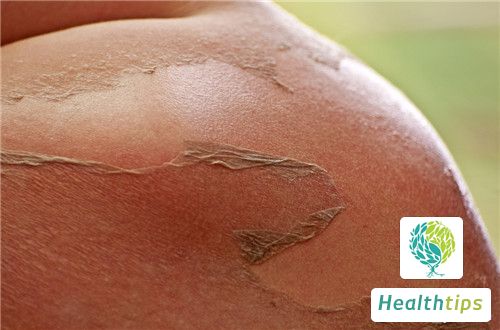Why Does It Hurt a Little Bit Next to My Coccyx?
Pain near the coccyx may be caused by various reasons such as lumbar muscle strain, sacrococcygeal ligament inflammation, lumbar disc herniation, and osteoproliferation. It is necessary to address the pain based on its underlying cause.

The area slightly above the coccyx is the lumbar region. Pain in this area may be due to lumbar muscle strain caused by repetitive manual labor or lumbar trauma. Diagnosis: The affected area may manifest as persistent pain, soreness, muscle induration, and functional impairment. Relief: Firstly, restrict or stop activities that cause injury and allow the lumbar muscles to rest. Then, apply massage to relieve muscle spasms, improve local blood circulation, or use a wet towel for hot compresses and apply ointments that promote blood circulation and relieve muscle stiffness.
The coccyx and sacrum jointly form the sacrococcygeal joint. When this joint sustains trauma or contusion, it can easily lead to sacrococcygeal ligament inflammation. Diagnosis: The affected area may manifest as local swelling, pain, and tenderness. Prolonged sitting may result in numbness and pain in the sacrococcygeal joint. Relief: Sacrococcygeal ligament inflammation is mostly aseptic inflammation, which can be relieved through warm physiotherapy, acupuncture, massage, pain point blockade, and herbal fumigation to achieve the purpose of promoting blood circulation and relieving pain.
Pain in the area slightly above the coccyx may also be caused by lumbar disc herniation, which compresses the sacral nerve, leading to pain. Diagnosis: Besides pain in the area slightly above the coccyx, there may also be pain in the waist and hips, as well as pain in the lower limbs. Relief: Pelvic traction, physiotherapy, massage, and acupuncture can be used to relieve muscle spasms and reduce the pressure within the intervertebral disc. However, violent massage and acupuncture can worsen the condition, so caution should be exercised.
Pain near the coccyx may also be due to osteoproliferation. Osteoproliferation not only compresses nerves and causes pain, but also rubs against adjacent bones, nerves, and blood vessels, leading to inflammation and pain. Diagnosis: The pain caused by osteoproliferation may also radiate to the nerve endings in the feet. Relief: Treatment for osteoproliferation should begin with weight reduction, selective exercise, and avoidance of citrus fruits, sugar, alcohol, coffee, and other substances.



















